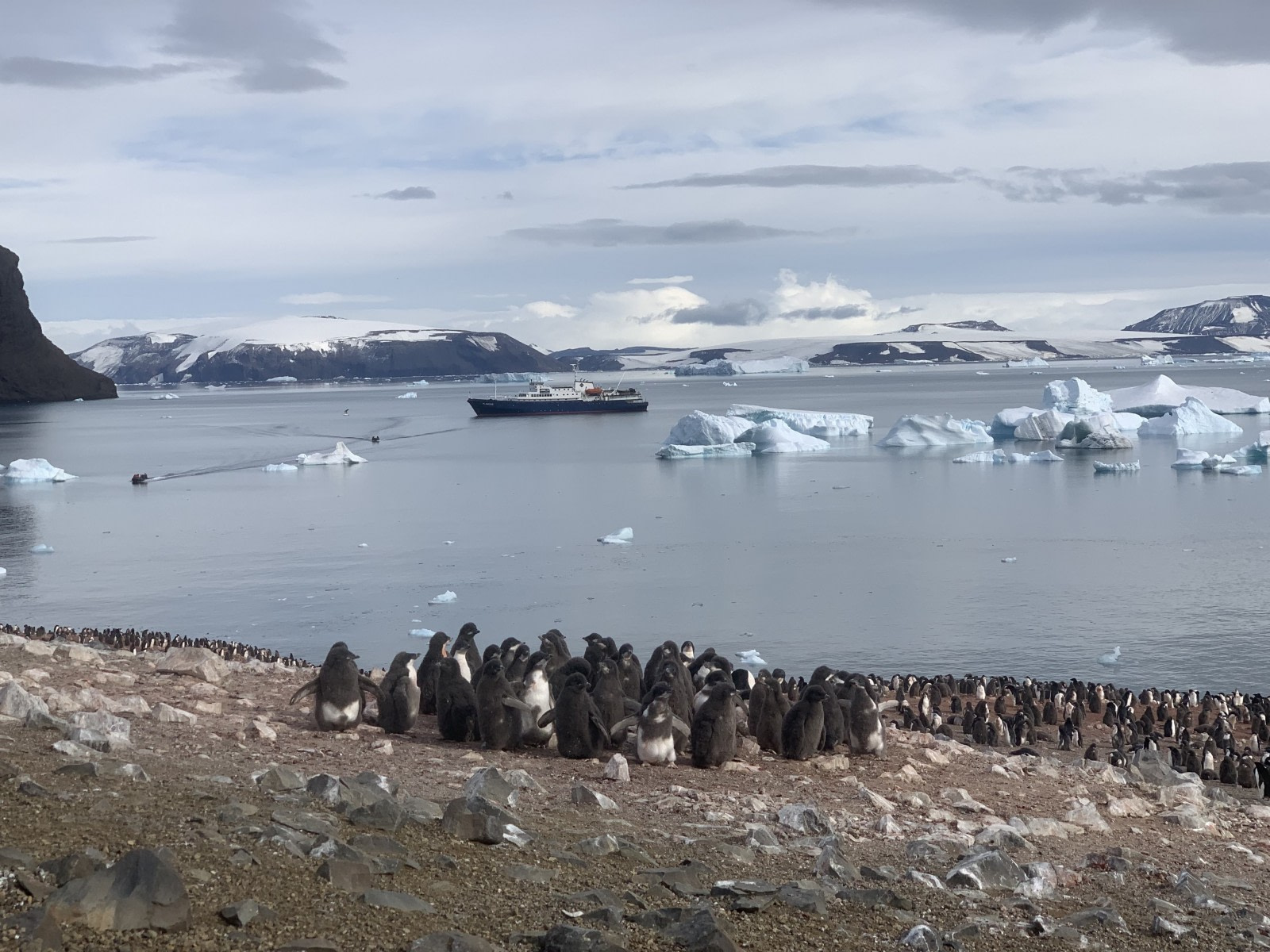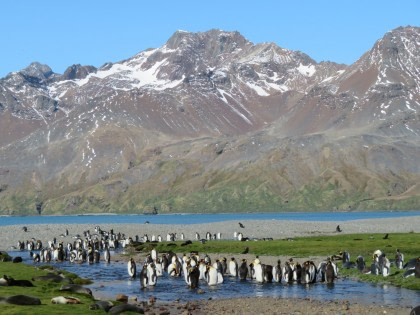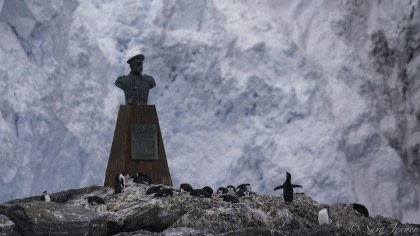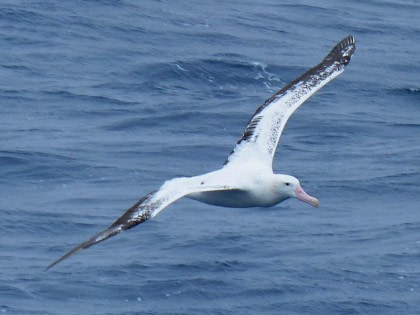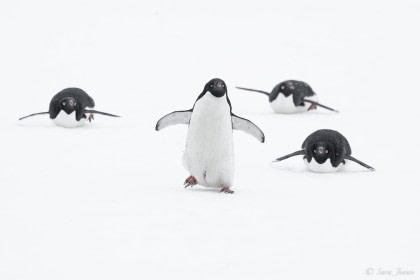Devil Island: many of its name, one of its kind
There are at least seven other Devil Islands in the world, but none of them have nearly as many penguins. Indeed, Devil Island is known for its Adélie-only population, who’ve established a breeding colony of around 15,000 pairs on this rather modest-sized landmass.
Due in part to this impressive penguin rookery, BirdLife International has categorized Devil Island as an Important Bird Area. Snow petrels and brown skuas also enjoy life on Devil Island, securing the landing site as a beloved bird-watching location for polar travelers all over the planet.
The distinguishing characteristics of Devil Island
Devil Island is free of ice and about two km long (1.24 miles), lying close to the northeastern tip of the Antarctic Peninsula. It is part of the James Ross island group and is not far from Vega Island, east of the Trinity Peninsula.
Known for its series of low-lying hills, two of which have been said to look conspicuously like devil’s horns, Devil Island can be found in a small cove north of Vega. The hills on Devil Island are relatively low, topping out around 150 meters high (490 feet).
Though the island is a great landing site, we can only visit it if we have enough spare time in the Weddell Sea.
Main image by Stefanie Liller
